Best Project Management Methodologies for 2024: Traditional, Agile, and Emerging Trends
In the bustling world of project management, it’s the methodologies that act as the backbone of every successful venture. They’re the unsung heroes, the silent strategists who guide us through the labyrinth of tasks, deadlines, and resources. But what exactly are these methodologies, and why do they matter?
Knowing the project Management Methodologies
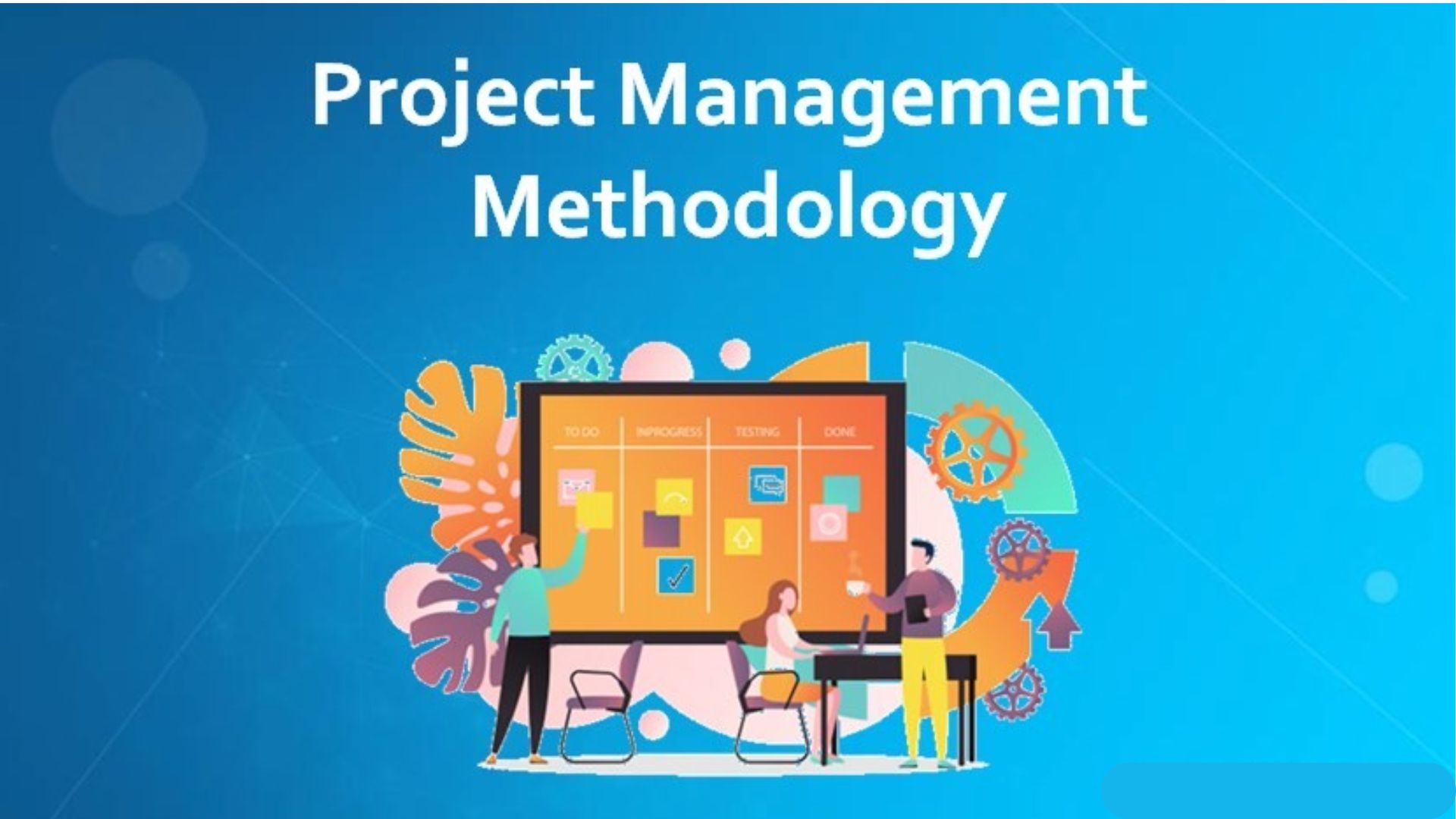
Project management methodologies act as an engine powering tasks along the road to successful projects. This section offers a deep dive into the complex world of these methodologies.
The Need for Diverse Methodologies
Project management doesn’t believe in a one-size-fits-all solution. Different projects demand diverse methodologies, influenced by factors such as team dynamics, project parameters, and organizational culture. For instance, a tech startup might favor an Agile approach for its flexibility, while a construction project might thrive with the structured clarity of the Waterfall methodology.
Comparing Traditional and Agile Approaches
Varying even within the scope of project management, two of the most commonly applied approaches shine out: traditional and agile.
Traditional project management methodologies carry the advantage of consistency with their linear processes—think Waterfall or Critical Path Method (CPM). It’s the predictability of these sequences that paints the path of projects with a comforting clarity. However, the stringent adherence to a plan may not accommodate sudden changes.
On the other side, Agile methodologies, such as Scrum or Lean, step up to combat uncertainties. Agile’s iterative process not only embraces change but thrives on it. It breaks projects into manageable ‘sprints’, adjusting and redirecting based on timely feedback. This methodology, however, demands significant team involvement and may teeter on chaos in the absence of disciplined implementation.
Recognizing the strengths and project constraints examples of both traditional and Agile approaches helps project managers arrive at suitable methodologies, fostering efficiency and success in their respective projects.
The Waterfall Model Explained
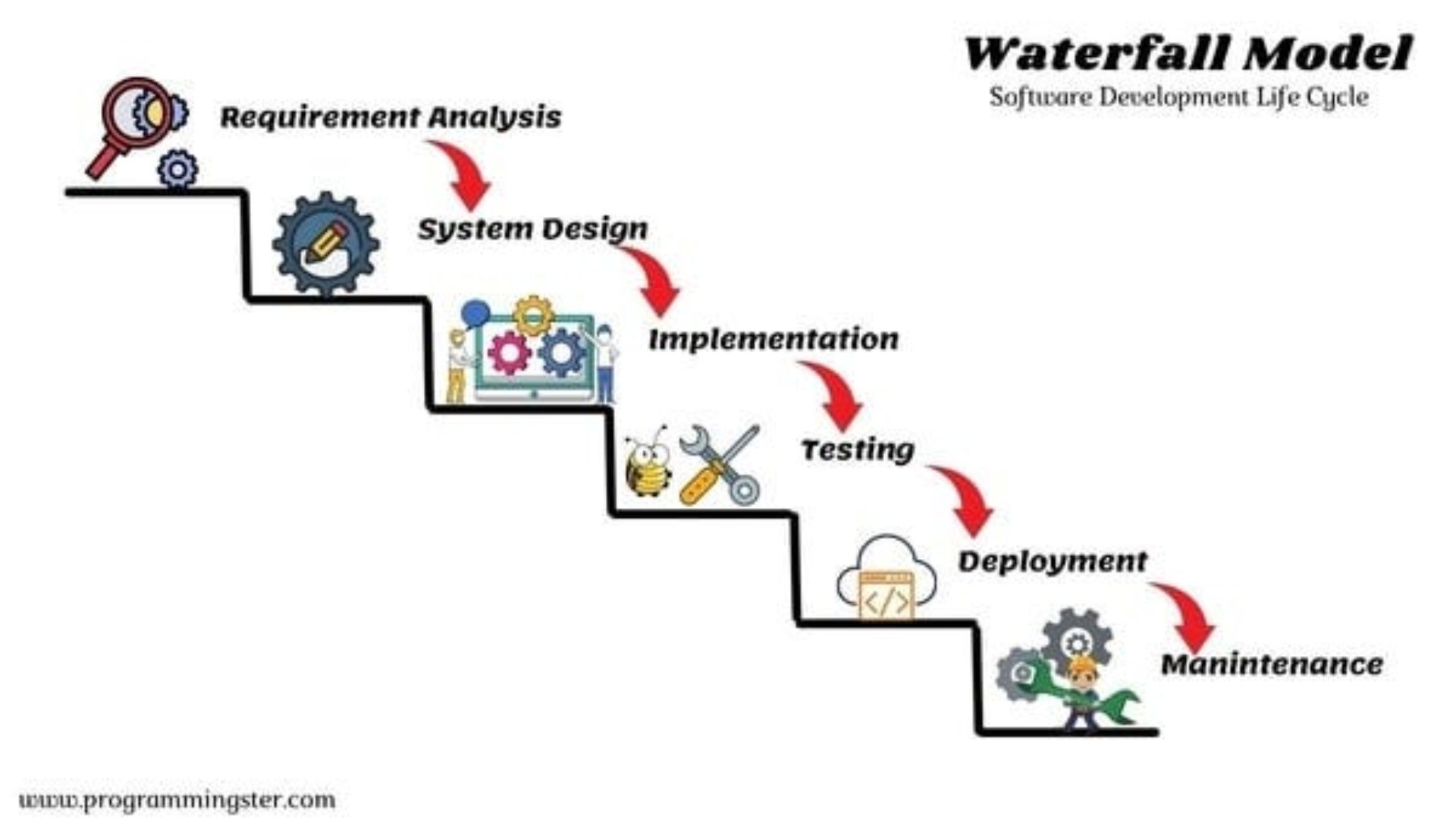
Flowing from the discussion on project management methodologies, I’m going to unpack the Waterfall model, one of the traditional methodologies you might choose for your projects.
Key Features of Waterfall
In essence, the Waterfall model is sequential in nature, beginning with system and software requirements and progressing through analysis, design, coding, testing, and finally, operations. It resembles a cascading waterfall, as the name suggests, with each phase flowing naturally into the next. You won’t move on to subsequent stages unless the current one completes.
In portraying the Waterfall model, a few noteworthy characteristics stand out. For one, it’s critical to clearly define requirements at the onset. When these requirements are met, the completion of each phase is indicated by a distinct output or a set deliverable.
Also, documentation holds great importance in this model. Thorough, pre-made documentations are essential, ensuring every team member understands the project’s what and why. Another significant attribute is that it’s not flexible for changes. After you initiate the project, making alterations to the requirements isn’t exactly smooth sailing.
Pros and Cons of Using Waterfall
Moving onto the advantages and disadvantages of the Waterfall model, there are ample of each.
On the upside, Waterfall’s simplicity makes it easily understandable and manageable. Predictability is another strong suit, provided your requirements are well-defined and fixed. That way, project timelines, resources, and costs map out precisely.
But, it’s critical to understand its downsides as well. It’s not exactly quick, especially compared to Agile project management, and it doesn’t typically bode well with projects seeking frequent changes or revisions. If a mistake goes unnoticed until a later phase, it can be costly and time-consuming to rectify due to its linear approach.
Understanding these pros and cons will certainly aid in establishing if the Waterfall model is the correct pick for your project.
Agile Methodology Demystified

Building on the understanding of project management methodologies, let’s delve into Agile. Not a single framework, but a collection of methodologies like Scrum and Lean, Agile focuses on flexibility, cooperation, and client-centered progress.
Core Principles of Agile
Agile methodology operates under four significant principles, bearing their roots in the Agile Manifesto.
- Ultimate Emphasis on Customer Satisfaction: The central element of Agile involves unfaltering dedication to customer satisfaction. Examples include delivering functional software on a continuous basis and prompt adaptation to evolving customer needs.
- Welcome Change: Change isn’t a hindrance; it’s an opportunity. For instance, Agile methodologies like Scrum welcome changes, regarding them as avenues to improve customer’s competitive advantage.
- Regular Deliverables: Agile consists of frequent provision of working software. This translates to tangible deliverables every two to four weeks in the Scrum methodology.
- Constant Communication: In Agile, collaboration stands higher than negotiation or documentation. Daily stand-up meetings in Scrum showcase this principle, ensuring continuous exchange of ideas and updates between teams.
Advantages and Challenges of Agile
Agile offers a set of benefits from enabling short, flexible development cycles to fostering a more customer-centric approach. Let’s highlight some pros and cons.
- Pro – Quick adaptability: Agile provides room for swift changes, proving beneficial in industries like tech-startups where swift response to market trends is crucial.
- Pro – Incremental delivery: Agile focuses on frequent, incremental delivery. In Scrum, for example, you’ll find the development divided into small, manageable sprints.
- Con – Requires experienced Teams: Agile can be problematic for inexperienced teams, due to its fluid structure and high requirement for self-organization.
- Con – Less predictability: Agile methodology might lack long-term project clarity, as the scope of project commonly evolves with customer feedback.
Remember, there isn’t a one-size-fits-all approach in project management. Understanding Agile offers another tool in this vast world, allowing teams to customize and mix methodologies for optimal results.
Other Prominent Project Management Methodologies
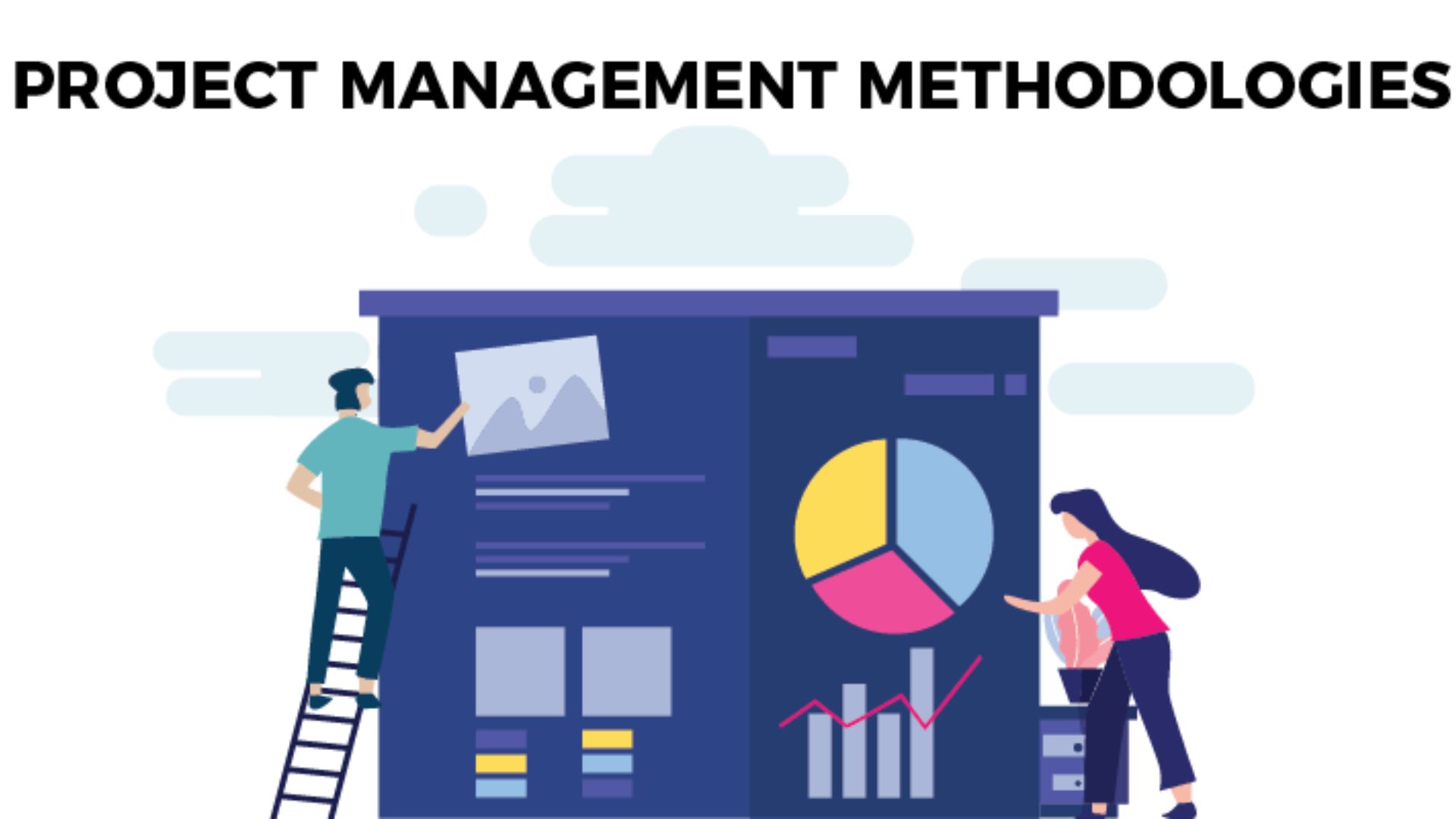
Building on the previous insights into traditional and Agile methodologies, this section underscores three additional pivotal project management tool methodologies.
The PRINCE2 Process
PRINCE2 (Projects in Controlled Environments version 2) facilitates project control at every level. As an extensively-recognized and popular methodology, it owes its fame to its organized, step-by-step approach. PRINCE2 partitions bigger projects into easily manageable stages, aiding me in retaining control while saving resources.
Consisting of seven defined principles, themes, and processes, PRINCE2 offers a systematic project management procedure. Its seven principles include: continued business justification, learn from experience, defined roles and responsibilities, manage by stages, manage by exception, focus on the product and tailor to suit the project environment. These principles, when incorporated effectively, lend greater control over resources, minimize project risks, and optimize the chances of project success.
The Scrum Framework
As an Agile methodology, Scrum specifies principles and processes that facilitate team collaboration. Emphasizing adaptability and rapid delivery of high-quality software, Scrum aligns well with teams looking to regularly reassess project directions.
Dividing a project into cycles known as “Sprints,” typically lasting two weeks to a month, Scrum gives me the chance to assess project progress and make necessary adjustments. This ‘inspect-and-adapt’ approach contributes to the continued progress of the project, capitalizing on gained knowledge and continually improving the product and processes. A few of Scrum’s key facets include a Scrum Master, a Product Owner, and a team of professionals who collectively work towards project objectives.
Lean and Kanban for Project Management
Originally part of the Toyota Production System, Lean focuses on limiting waste within a project, while enhancing its value. Rooted in five principles, Lean methodology works towards comprehending value, defining the value stream, creating flow, establishing pull, and seeking perfection.
Tightly linked to Lean methodology is Kanban, a visual project management framework that enables me to visualize work, limit work-in-progress, and maximize efficiency. It integrates well with Scrum and Agile, allowing teams to visualize workflow, identify potential bottlenecks and track progress in real time. With its streamlined, visual approach, Kanban offers a clear overview of project tasks and status, paving the way for improved productivity and efficiency.
Choosing the Right Methodology for Your Project
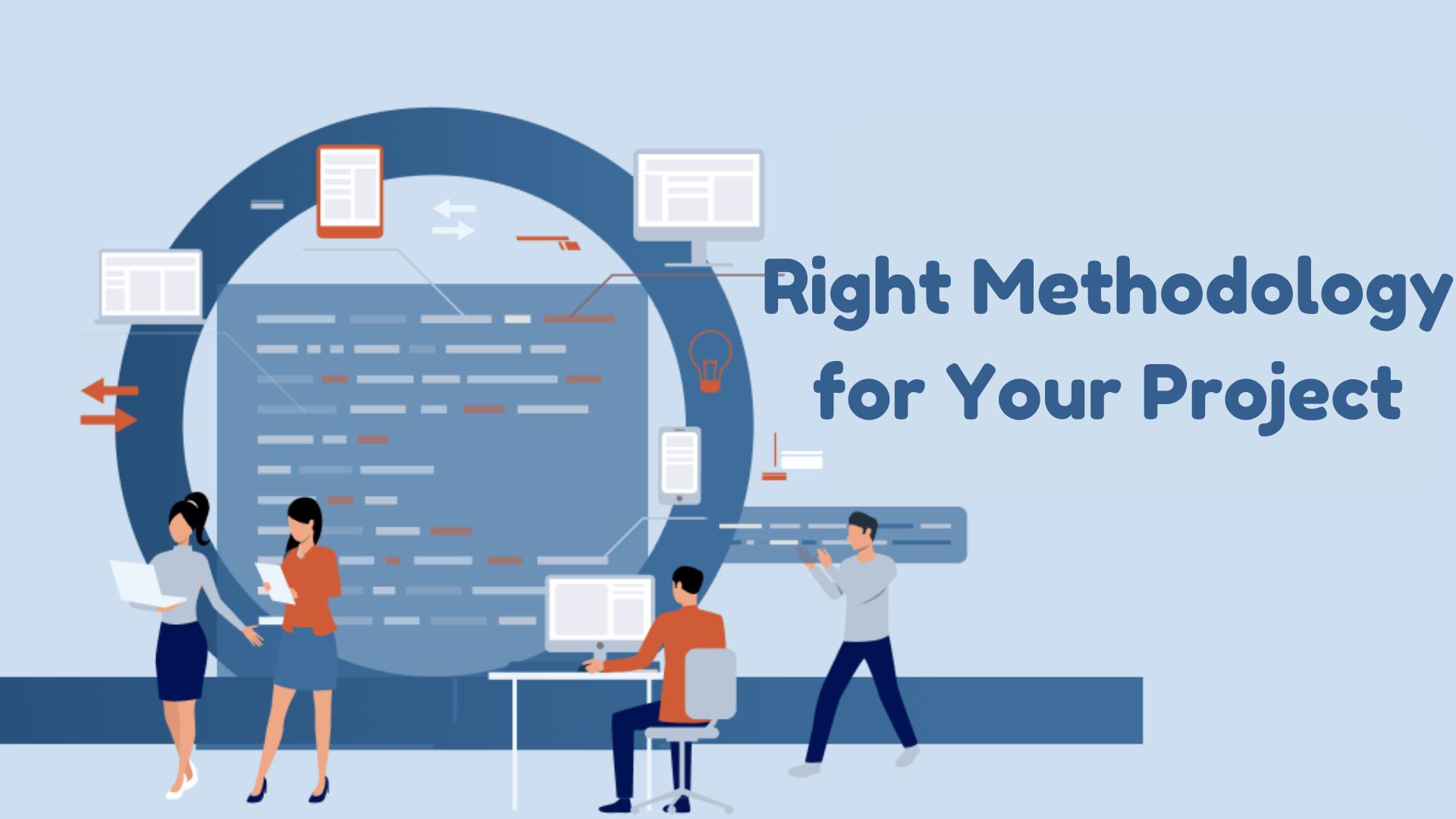
Delving further into project management methodologies, it’s critical to understand the decision-making process for choosing the most applicable approach. It begins with an assessment of project requirements and team dynamics, followed by the adoption of practical methods for implementing a new methodology.
Assessing Project Needs and Team Dynamics
Before plunging into a specific project management methodology, it’s paramount to conduct a thorough assessment of the project’s needs and the team’s dynamics. The complexity of a project, time constraints, desired deliverable quality, and frequency of changes play significant roles in dictating the methodology at use. For example, the Waterfall methodology serves projects with fixed requirements and clear project end-points, whereas Agile practices like Scrum and Lean come into play when project requirements are fluid, and deliverables must be flexible and adaptive.
Talking about team dynamics, the size, expertise level, and the extent of self-organization within the team alter the choice of methodology. As a case in point, Scrum fits well into small teams that are highly adaptive and self-organizing. Similarly, the Lean approach suits teams that prioritize eliminating waste activities and delivering maximum value.
Best Practices for Implementing a New Methodology
After identifying the most compatible methodology, the way forward involves effectively incorporating this into your project processes. The initial step encompasses aligning the team with the new methodology by offering necessary education and training. For instance, if PRINCE2 has been chosen, team-members need to understand its principles and the pathway it follows through organized stages.
Incremental implementation of the selected methodology could be a valuable strategy, deploying the new approach in smaller stages, and gauging its impact before a full-scale rollout. Suppose you integrate the Kanban visual framework. It’d be advisable to start its application on a couple of tasks first to see how it impacts the workplan before applying it to the whole project pipeline.
Lastly, continuous monitoring and feedback enter into the equation as integral elements for smooth transitions. Real-time adjustments based on the feedback received are the keys to ensuring the new methodology yields the desired results.
Predicting the Future of Project Management Methods
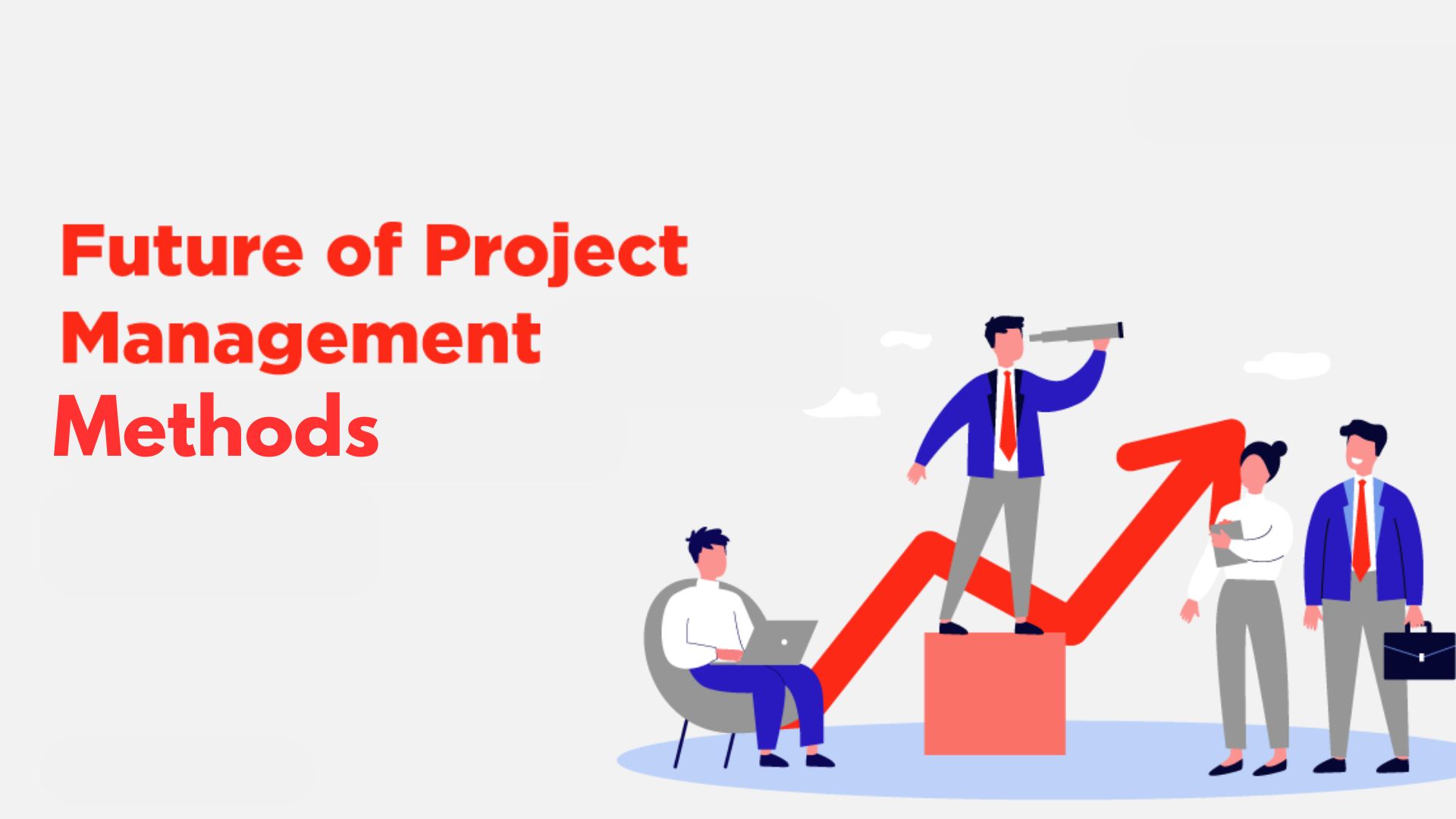
Change is an inevitable aspect of projects and their management. Progression in technology, shifts in team dynamics, and evolving business priorities hold a significant influence on project management methodologies. If we look closely, there are emerging trends and innovations that already sketch the future of these methodologies.
Emerging Trends and Innovations
Artificial Intelligence (AI) is taking a center-stage role in project management. AI-based tools are providing enhanced support for project scheduling, risk management, resource allocation and more. Such technological advancements enable teams to manage projects efficiently and with fewer overheads, enhancing the success rate.
Hybrid methodologies combine the predictability of traditional methods like Waterfall with the flexibility of Agile principles. These “hyflex” methods align with the need for tailor-made plans, underpinning the adaptability and diversity of future project management.
Digital communications novelties, such as virtual reality and augmented reality, are making geographically dispersed project execution more feasible and effective. These progressive technologies ease team collaboration, creating an interactive and immersive experience that outdoes routine conference calls and emails.
In terms of organisation structures, a visible trend forward is the shift towards flat, non-hierarchical setups. This tweak in team dynamics encourages a more collaborative, cross-functional approach to project execution, resonating with the Agile ideology.
These are but a few examples of innovations shaping the future of project management methodologies. However, organisations must approach these shifts strategically, honing their capabilities while plotting a path that best suits their project requisites and team dynamics. Simultaneously, the onus lies upon project managers to assimilate the emerging trends and marry them with the established principles for optimal project achievements.
Conclusion
It’s clear that the landscape of project management methodologies isn’t static. As we’ve seen with the emergence of AI, hybrid methodologies, digital tools, and flat organizational structures, the field is evolving. But it’s not just about chasing the latest trends. It’s about finding a balance. Whether you’re drawn to the predictability of Waterfall and Critical Path Method or the flexibility of Scrum and Lean, the key is to choose what fits your project’s complexity, time constraints, and team dynamics. Remember, the right methodology is the one that aligns with your strategic goals and drives successful project outcomes. So, as you navigate the future of project management, stay open to innovation but rooted in established principles. That’s the way to project success.
Frequently Asked Question
Q.1. What are some of the project management methodologies discussed in the article?
The article discusses various project management methodologies including Waterfall, Critical Path Method (CPM), Scrum, and Lean. These methodologies range from traditional, rule-based approaches like Waterfall and CPM, to more flexible, iterative methods like Scrum and Lean.
Q.2. Why is it important to choose the right project management methodology?
The right project management methodology is crucial as it can determine the success or failure of a project. The choice should depend on various factors like the complexity of the project, the time constraints, and the characteristics of the project team.
Q.3. What are some emerging trends in project management?
Emerging trends in project management include the integration of Artificial Intelligence for enhanced project support, the rise of hybrid methodologies combining traditional and Agile principles, the use of digital communication tools like virtual reality, and the shift towards flat organizational structures.
Q.4. What is the role of Artificial Intelligence in project management?
Artificial Intelligence is playing an increasingly important role in project management, helping to enhance project support. It’s being integrated into project management to automate mundane tasks, carry out predictive analysis, and improve overall productivity.
Q.5. How are project management methodologies evolving?
Project management methodologies are evolving with the advent of hybrid methodologies. These combine the predictability of traditional methods and the flexibility of Agile principles to better adapt to project requirements.
Q.6. What is the importance of adapting to innovations in project management practices?
Adapting to innovations in project management practices is crucial for organizations to keep abreast of changing times. They must strategically align these new methods and tools with established principles to achieve successful project outcomes.
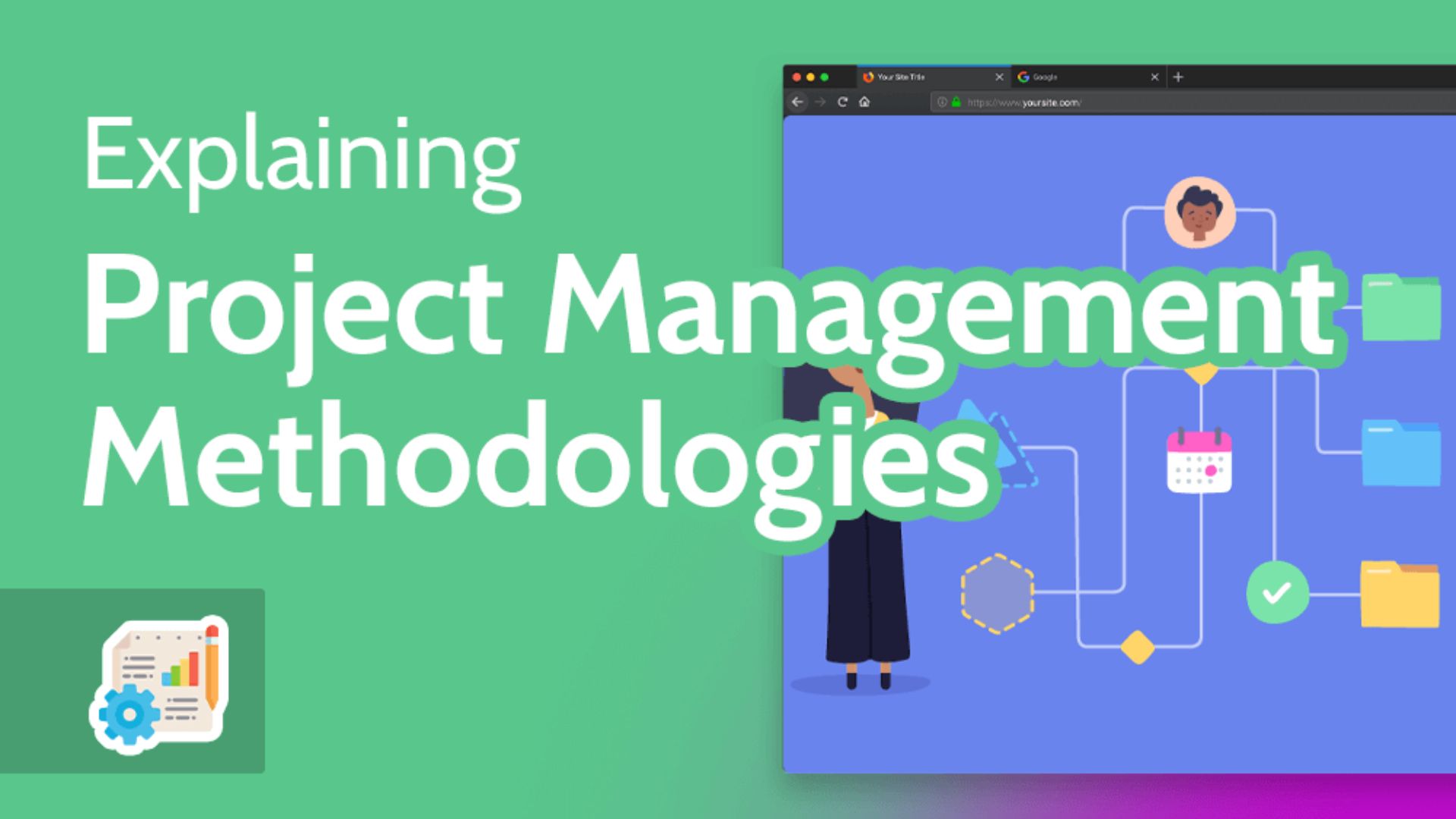
Leave a Reply